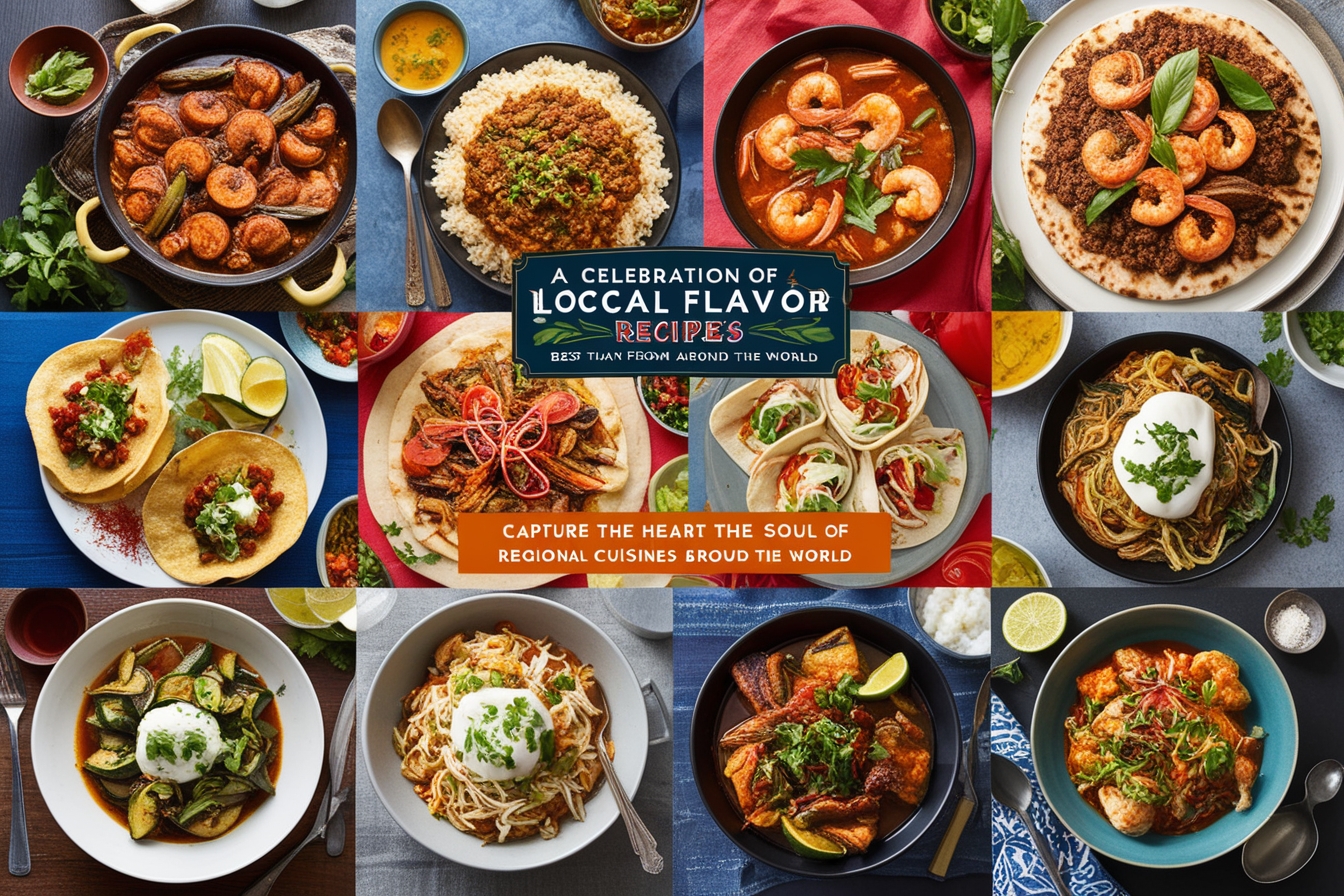Local Flavor Recipes: A Journey Through Authentic, Regional Delights

Discovering a place’s culture through its cuisine is one of life’s greatest pleasures. Nothing brings a community to life quite like the taste and aroma of its local flavor dishes. From spicy street food to homey meals shared across generations, recipes rooted in tradition have the power to tell stories. If you’re a food lover, buckle up as we explore the world of local flavors, one recipe at a time.
1. Why Local Flavor Recipes Matter

Food is more than fuel; it’s a connection to our roots. Local flavor recipes represent a cultural heritage passed down from one generation to the next. They aren’t just a mix of ingredients but a deep dive into regional traditions, history, and customs. When you savor a local dish, you’re tasting years of history and a community’s unique way of life.
So, what makes local recipes so special? It’s the ingredients and cooking techniques native to a particular region. For example, the spices used in India differ drastically from the herbs you’ll find in the Mediterranean. This diversity is what makes each recipe a new adventure for your taste buds.
2. The Importance of Ingredients
When it comes to recreating a local dish, the quality and authenticity of your ingredients are paramount. Imagine making a classic Italian pasta without fresh basil or olive oil. It wouldn’t taste the same, would it? Let’s dive deeper into why certain ingredients are irreplaceable in local flavor recipes.
- Freshness: Most traditional recipes rely on farm-to-table ingredients. Fresh produce, dairy, and meats are key to capturing the authentic flavors.

- Local Herbs and Spices: Each region has its own set of spices that bring out the dish’s true essence. Think of saffron in Spain’s paella or sumac in Middle Eastern cuisine.
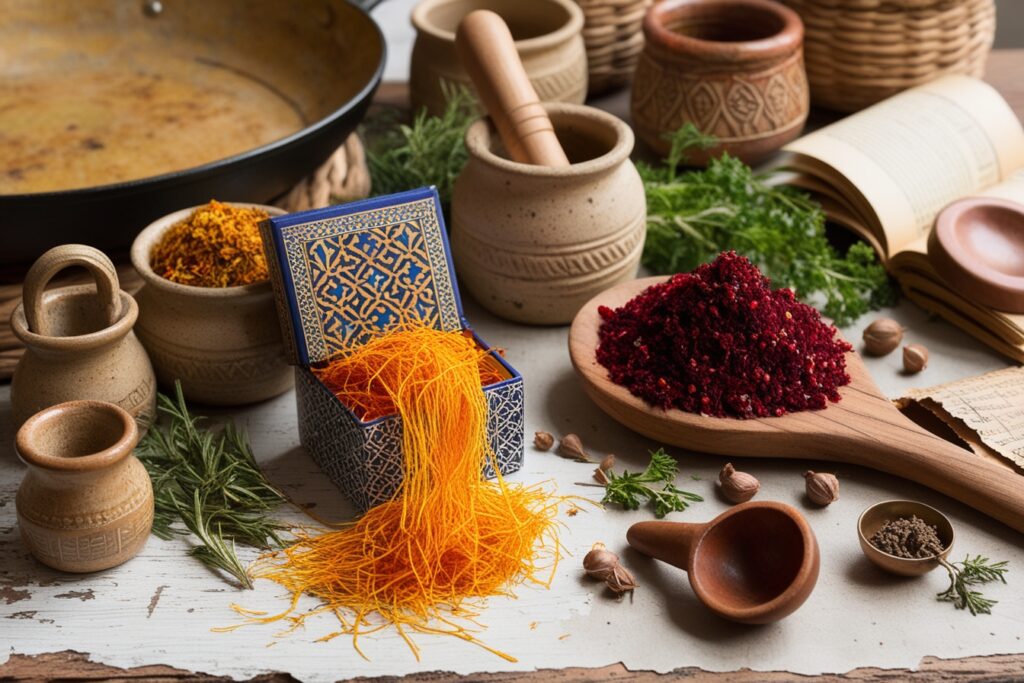
- Regional Staples: Rice, beans, maize, or wheat – the staple foods vary by culture and impact every meal made in that region.

3. Techniques That Define Local Cuisine
Cooking methods are often unique to a culture and can make or break the flavor of a dish. In some regions, grilling over an open flame is a must, while in others, slow-cooking in a clay pot is essential. Here are a few techniques to consider:
- Stir-frying: Popular in Asian cooking, this method ensures that ingredients stay crispy and flavorful.
- Smoking: Used widely in barbecue recipes across the American South, smoking adds a distinct flavor that’s hard to replicate.
- Fermenting: Many cultures rely on fermentation for unique flavors, like kimchi in Korea or sauerkraut in Germany.
Understanding and applying these techniques will help you truly appreciate local flavor recipes.
4. Recipe Spotlight: Jamaican Jerk Chicken

Jamaican cuisine is a spicy, flavorful blend of influences from West Africa, Spain, and indigenous Caribbean cultures. The star of the show? Jerk Chicken, a dish bursting with bold, smoky flavors.
Ingredients:
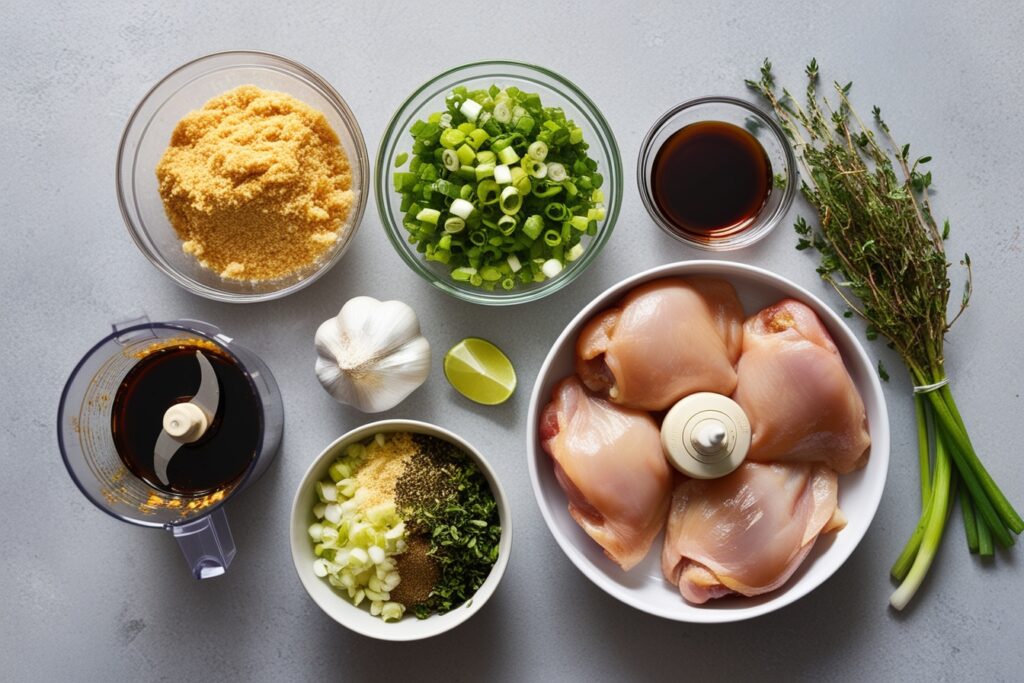
- 4 chicken quarters
- 1 Scotch bonnet pepper (finely chopped)
- 1/2 cup green onions, chopped
- 3 cloves garlic
- 1 tablespoon ground allspice
- 1/2 cup soy sauce
- Juice of one lime
- Fresh thyme
Method:
- Blend the Scotch bonnet pepper, green onions, garlic, and thyme in a food processor.

- Add allspice, soy sauce, and lime juice to create a thick paste.

- Marinate the chicken with this paste for at least 4 hours, ideally overnight.
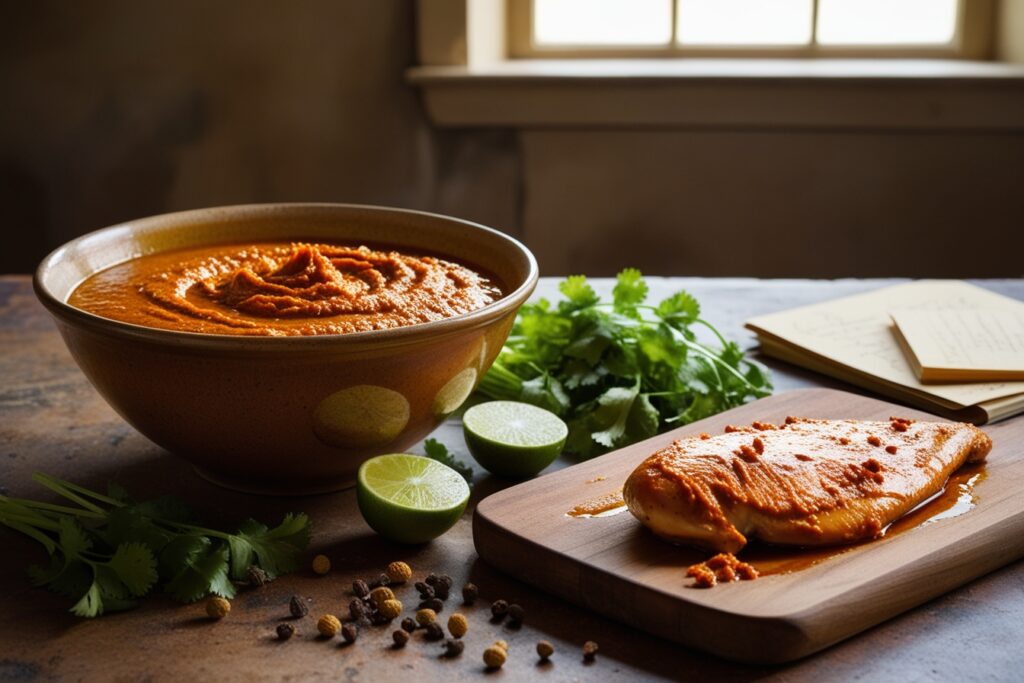
- Grill over medium heat until fully cooked, making sure to get a nice char on the outside.

This dish is best enjoyed with a side of rice and peas, or a slice of sweet fried plantain to balance the heat.
5. Exploring the Spices of India: A Tandoori Chicken Recipe

Indian cuisine is known for its aromatic spices and robust flavors. Tandoori Chicken is a fantastic example of how these flavors come together beautifully.
Ingredients:
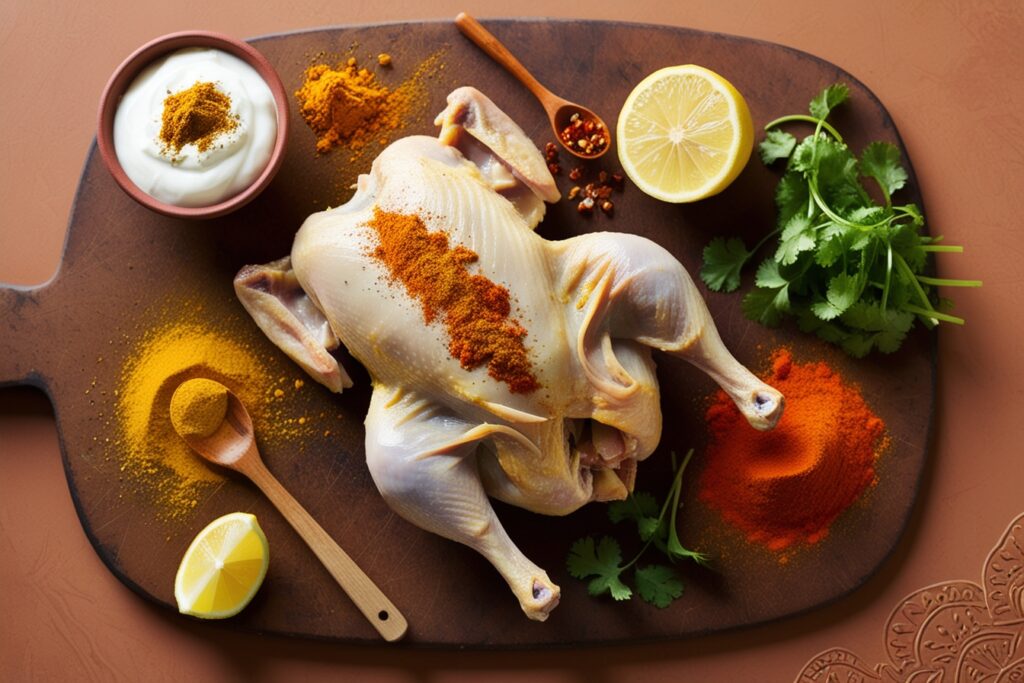
- 1 whole chicken, cut into pieces
- 1 cup plain yogurt
- 2 tablespoons garam masala
- 1 tablespoon ground coriander
- 1 teaspoon chili powder
- Juice of one lemon
- Fresh cilantro, for garnish
Method:
- Marinate the chicken pieces in yogurt, garam masala, coriander, chili powder, and lemon juice for 6-8 hours.
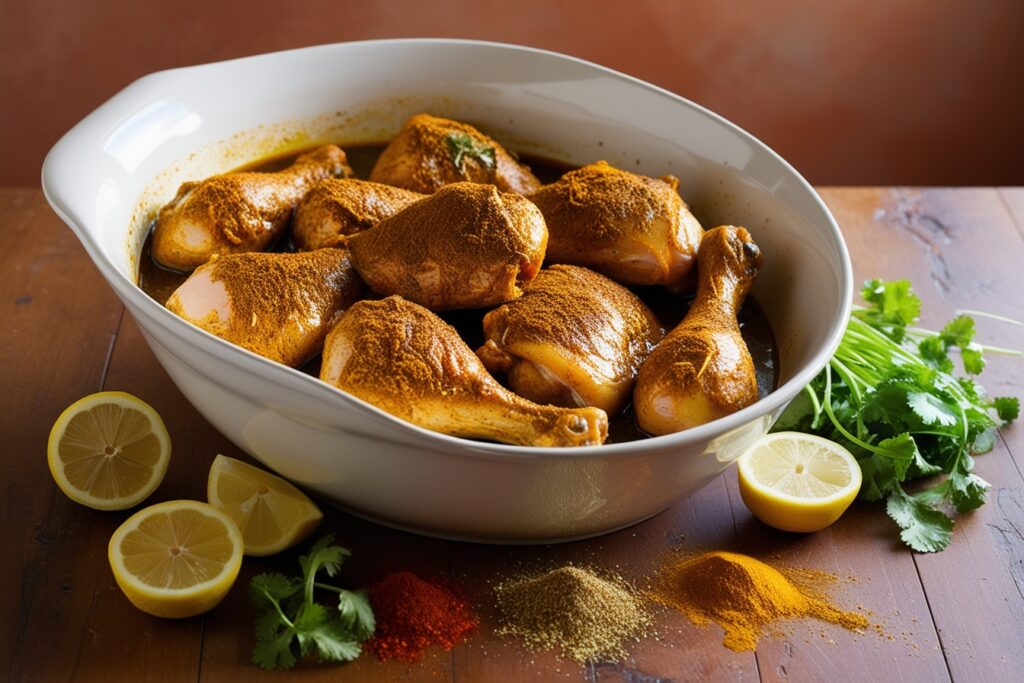
- Roast in a hot tandoor oven or grill for an authentic charred flavor.

- Serve with fresh naan and a side of cooling cucumber raita.

6. Mediterranean Delights: Greek Moussaka

If you’ve ever been to Greece, you’ve probably tasted Moussaka, a layered dish of eggplant, ground meat, and béchamel sauce. It’s comfort food at its finest.
Ingredients:

- 2 eggplants, sliced
- 500g ground lamb or beef
- 1 onion, chopped
- 2 cups tomato puree
- 1/2 teaspoon cinnamon
- 1 cup béchamel sauce
- Olive oil
Method:
- Fry the eggplant slices until soft, then set aside.

- Cook the ground meat with onions, tomato puree, and cinnamon.
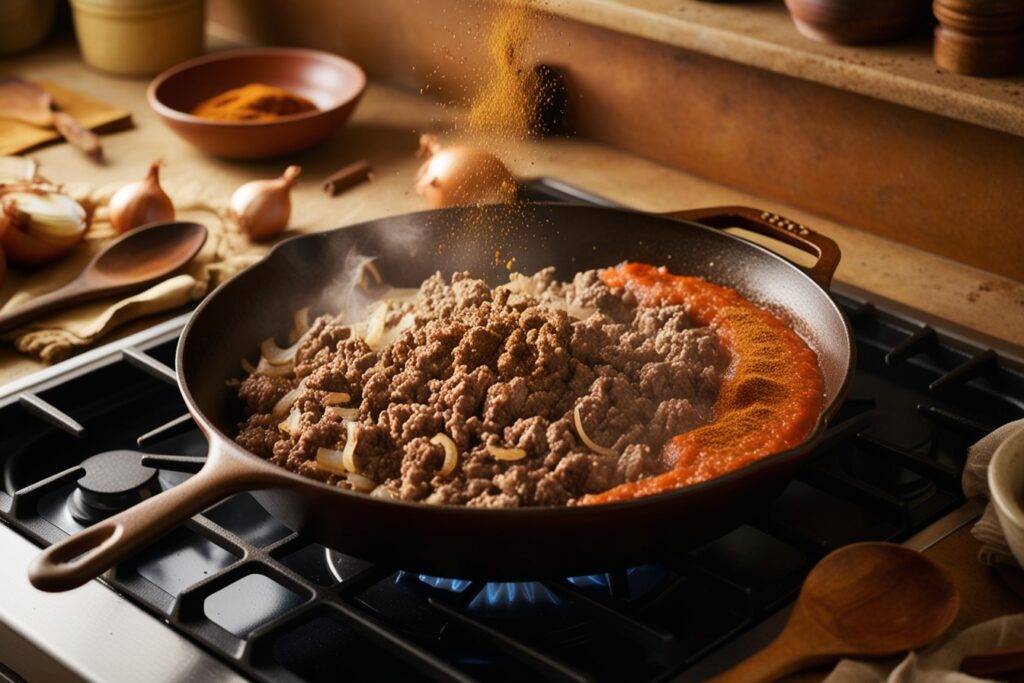
- Layer the eggplant and meat in a baking dish, topping with béchamel sauce.

- Bake at 350°F for 45 minutes.

7. The Art of Middle Eastern Meze
Middle Eastern cuisine is all about sharing and community, with meze platters being a highlight. These small dishes are perfect for mixing and matching flavors.
Classic Meze Dishes:
- Hummus: Creamy chickpea dip with tahini, lemon, and garlic.

- Baba Ghanoush: Smoky roasted eggplant spread.

- Tabbouleh: Fresh salad made with bulgur, parsley, mint, and lemon juice.

Pair your meze platter with freshly baked pita bread for the full experience.
8. Mexican Street Food: Tacos al Pastor

You can’t talk about local flavors without mentioning Mexican street food. Tacos al Pastor are a must-try, made with marinated meat and served on soft corn tortillas.
Ingredients:

- 500g shoulder meat, thinly sliced
- 2 cups pineapple juice
- 2 tablespoons achiote paste
- 1 onion, diced
- Fresh cilantro
- Corn tortillas
Method:
Marinate the sliced meat in pineapple juice and achiote paste for at least 6 hours.

- Grill the meat until it’s crispy and slightly caramelized.

- Serve on warm tortillas with diced onion, cilantro, and a squeeze of lime.

9. French Bistro Classics: Coq au Vin

For a taste of France, try Coq au Vin, a rustic dish of chicken braised in red wine, mushrooms, and pearl onions. It’s simple yet elegant.
Ingredients:

- 1 whole chicken, cut into pieces
- 2 cups red wine
- 1 cup mushrooms, sliced
- 12 pearl onions
- 2 cloves garlic, minced
- Fresh thyme
Method:
- Marinate the chicken in red wine overnight.

- Sauté the mushrooms, onions, and garlic until fragrant.

- Add the chicken and wine, then simmer for 90 minutes.

10. Local Flavor Dessert: Italian Tiramisu
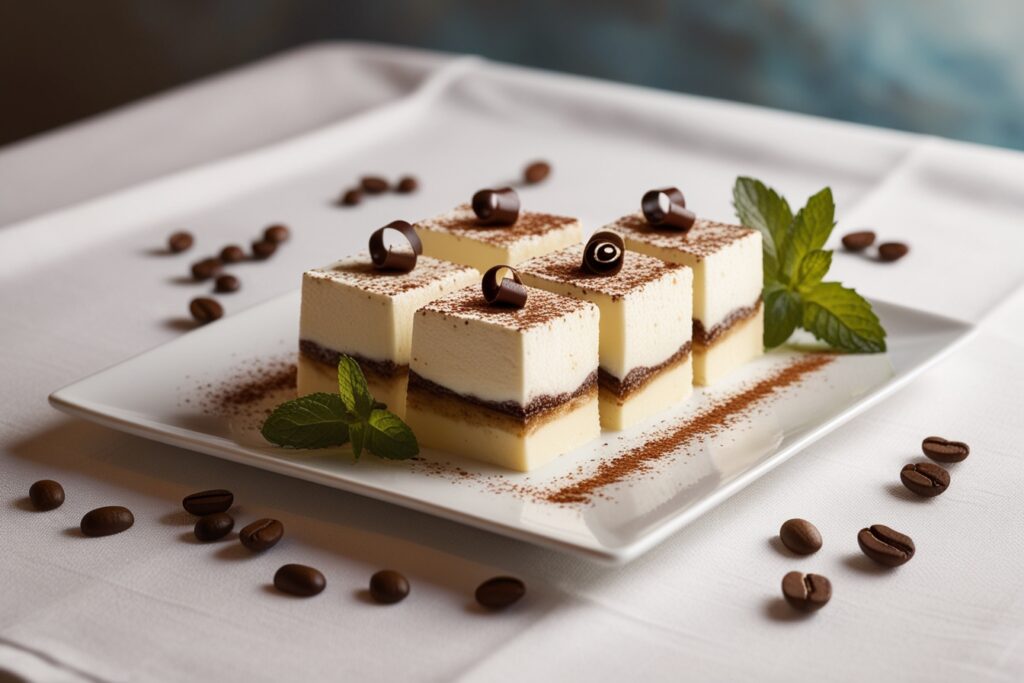
To end your culinary journey, let’s savor an Italian classic: Tiramisu. This coffee-flavored dessert is the perfect blend of sweetness and sophistication.
Ingredients:

- 500g mascarpone cheese
- 2 cups strong coffee
- 4 egg yolks
- 1 cup sugar
- Ladyfinger biscuits
- Cocoa powder
Method:
- Whip the egg yolks and sugar until pale and fluffy.

- Add the mascarpone cheese and mix until smooth.

- Dip the ladyfingers in coffee, layer them in a dish, and top with the mascarpone mixture.

- Dust with cocoa powder and chill for 4 hours.

Conclusion
Exploring local flavor recipes is an extraordinary way to travel the world right from your kitchen. From the fiery heat of Jamaican jerk chicken to the elegant layers of Greek moussaka, each dish offers a unique glimpse into a region’s culture and culinary traditions. Embrace the opportunity to experiment with new ingredients and master time-honored cooking techniques. Your culinary journey doesn’t have to end here—delve into more recipes to broaden your horizons and enrich your cooking repertoire. Uncover new flavors, be inspired, and transform your kitchen into a hub of global gastronomy. Enjoy every flavorful moment!

